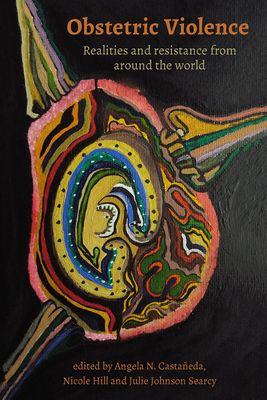
Johnson Searcy Is, Julie
product information
description
4In this book, we make space to interrogate obstetric violence; from its historical and legal roots and contemporary realities, to responses of advocacy and resistance. Through the lens of obstetric violence, we are able to see overlap in structural vulnerability across continents as well as recognize the ways in which obstetric violence is symptomatic of larger global problems including systemic injustices related to reproductive health. Combining the perspectives of care providers, birthing people, advocates, and researchers, our volume seeks to include both a systematic and structural understanding of obstetric violence. We bring together diverse voices, from practitioners, to activists, to academics, and provide a global perspective on obstetric violence with research from around the world, including indigenous communities from North America (Canada and Hawaii), examples from Latin American and Caribbean countries, as well as country-specific cases from Argentina, Australia, Egypt, Mexico, Portugal, and the United States. The range of disciplinary perspectives and global experiences presented in this book demonstrates that obstetric violence is neither bound to one discipline, nor site specific. Together the chapters of this volume work to understand obstetric violence, moving beyond static definitions towards a spectrum of lived experiences that highlight three main areas: Legislation and Policy, Experiencing Obstetric Violence, and Advocacy, Resistance and Reframing. The time for a global recognition of obstetric violence--of the larger structural forces embedded in systems that cross cultures and violate bodies in acutely vulnerable life moments-- is now. By naming it and saying it out loud, we recognize obstetric violence exists and can together begin the process of systemic change necessary to prevent it.
member goods
No member items were found under this heading.
Return Policy
All sales are final
Shipping
No special shipping considerations available.
Shipping fees determined at checkout.







